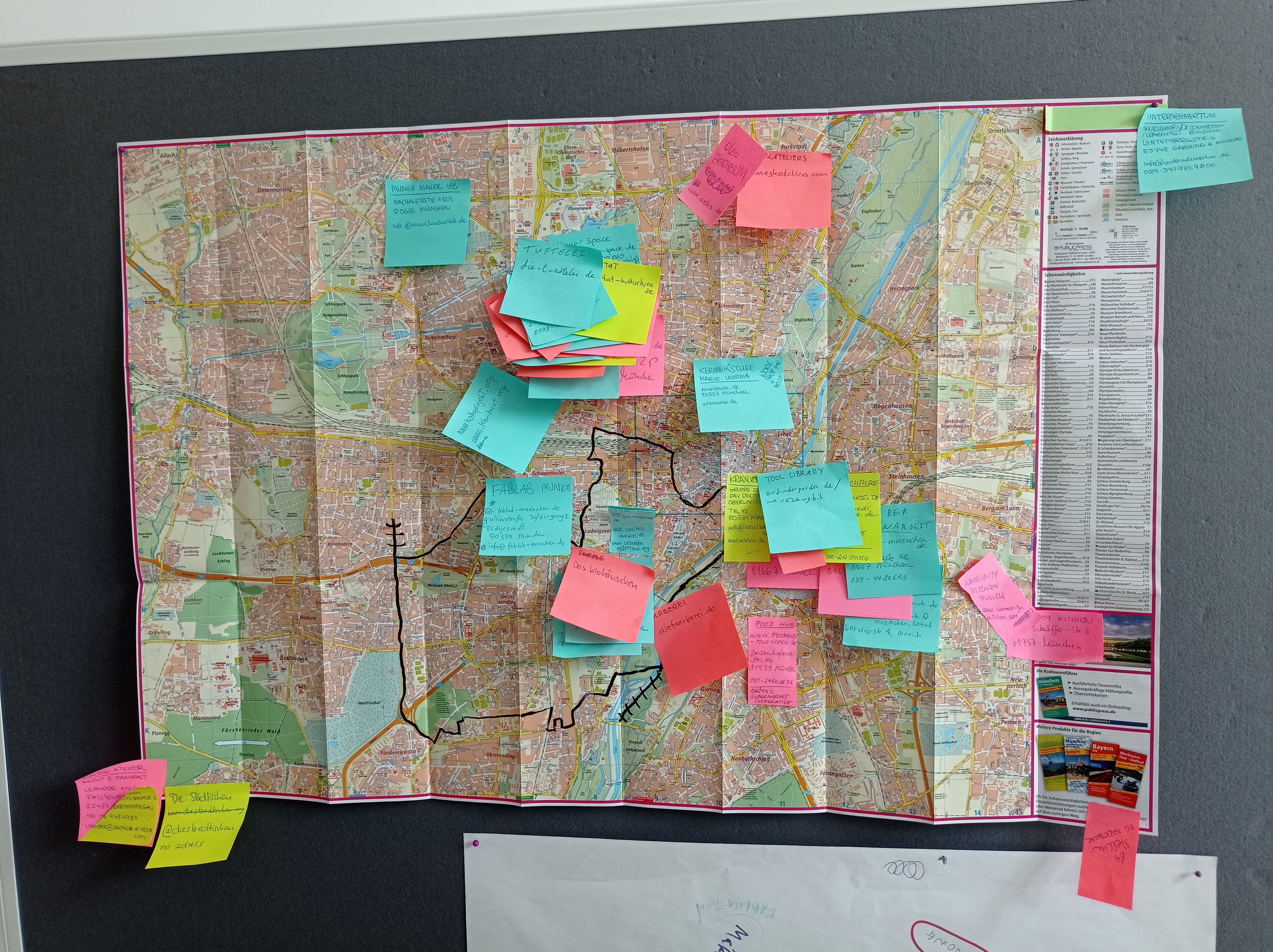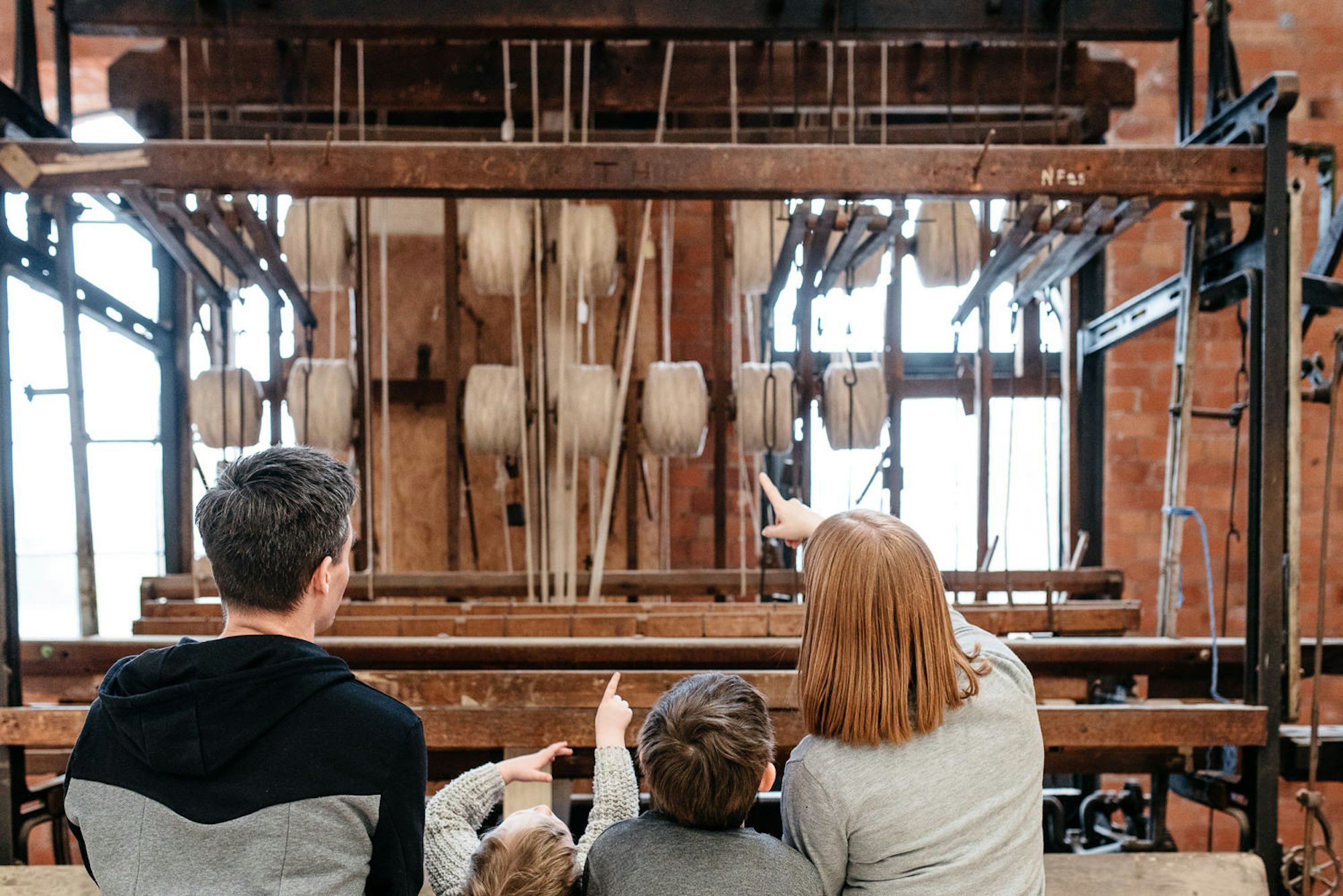The Art of Not Making

Do artists need to make their own work?
Michael Petry’s book, The Art of Not Making, examines the relationships between contemporary artists, and the artisans that they often employ or collaborate with to produce their work. Though this type of practice has been a part of art-making since the Renaissance, questions still arise today about whether artists need to be making every part of their work themselves.

Through examining notable and recognisable artists, Petry goes about explaining how specific artworks were made, and the people who were involved in the production of them. Original interviews with artists are featured throughout, including Louise Bourgeois, Kiki Smith, Grayson Perry and Matthew Barney; all of whom are employing, or collaborating with others to fabricate work for them. He explains that today, projects often have a cross disciplinary nature and scale to them, meaning that artists often have ideas, but lack the technical skills in the process or material they want to execute it with.
One of the highlights of the book are the large coffee-table style images, examining the fabrication processes of artworks; comparing pieces from the fabricator's workshop, to the on-site installation and to audiences within a gallery context.

Why is it useful?
The book is useful as a constant reminder of what can often be a personal and consistent debate for artists, curators, assistants, collectors and audiences alike; as individuals try to develop their own philosophies on the subject.
At Make Works, we work with all artists, ranging from those only interested in making work themselves who are on the lookout for facilities or raw materials; through to those more interested in building relationships with artisans, tradesmen and manufacturers that are able to produce their ideas for them instead. Often we find that artists are interested in finding fabricators, or industrial processes they have not used before, then finding a way for them to push what the typical materials or machines can do.

This book addresses a debate that almost everyone producing work will have an opinion on, and one that often changes over time. Petry compares the process of making artwork to that of making a film - a huge task involving assistants, technicians, cameramen, writers, producers, actors and photographers - at the end however, the film is still seen as the work of the director.
The nature of how work is made, and the credit for that, is one affecting makers and craftsmen too. We find ourselves having this discussion over and over when it comes to listing makers, as Make Works is specifically designed for sourcing the fabrication and facilities to make work. For example, we list ceramicist, Kevin Andrew Morris, because although he has his own practice, he frequently casts, moulds and fires ceramic pieces for other artists, such as Henry Coombes. However, we don’t list makers that only make in their own artistic style, which can often cause confusion.

Are there any companies working in Artist Fabrication on Make Works?
If you are living in Scotland, and are an artist looking for sculpture fabrication - have a look at listings such as Old School Fabrications, Silo Design and Build or Scott Associates. For glass, take a look at Glasstorm in Tain, and for artists interested in commissioning tapestry weaving, take a look at Dovecot Studios. We also have a number of bronze casting foundries.
If you're keen to find facilities where you can make work yourself check out our guide to workshop and fabrication facilities in Scotland
Categories
Bookshelf
Related stories
12 Days of Factory Films
Making it, Manufacturing Techniques for Product Design
The Toaster Project
Open Design Now
On Craftsmanship



